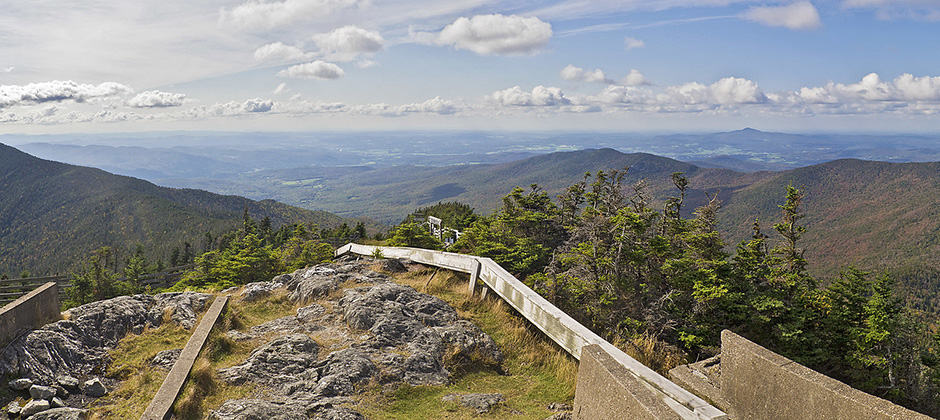Share this article
A roadmap for species on the move from climate change
Scientists at The Nature Conservancy have identified and mapped a network of landscapes across the United States with unique topographies, geologies and other characteristics they believe can withstand climate impacts.
They hope this roadmap of “natural highways and neighborhoods” can demonstrate how plant and animal species can escape growing climate threats and find new ranges. As government agencies, land trusts and communities develop conservation plans, the Conservancy is offering the roadmap as a way to identify places that will allow nature to adapt in the face of climate change.
“This gives us hope that if we work to keep these special places strong, they will keep nature strong,” said Mark Anderson, TNC’s director of science for the eastern United States, who led the mapping work. “Our challenge is to accelerate the pace and scale of conservation and conserve a representative network of resilient, connected lands and waters that will allow nature to adapt to climate change.”
Read more from The Nature Conservancy.
Header Image: Vermont’s Burnt Mountain is one of the areas identified by The Nature Conservancy as being resistant to climate impacts. Credit: Charles Wohlers








